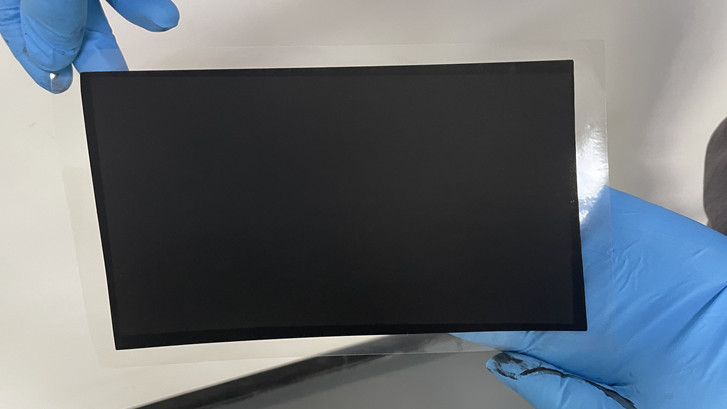Electrolyte Diaphragm Coating Technology
Electrolyte Diaphragm Coating Technology – Ultrasonic Atomization – Cheersonic
Coating materials are mainly ceramic and organic materials, and coated (or composite) diaphragms are the focus of today’s diaphragm application development.
① The significant role of diaphragm coatings in batteries
Diaphragm surface coating layer can bring obvious benefits, firstly, to improve the thermal stability of the diaphragm, such as ceramic coating diaphragm high temperature 180 ℃ still maintain good shape, can avoid the diaphragm shrinkage caused by internal short circuit, so that the battery safety significantly improved; secondly, to improve the diaphragm on the electrolyte wettability, conducive to lower internal resistance of the battery, discharge power to improve; then there is to prevent or reduce the diaphragm oxidation This is conducive to the operation of high voltage positive electrodes and the extension of battery cycle life.
② Selection of diaphragm coating materials – PE or PP microporous membrane as the base material
The following four types of coating materials are commonly used.
Ceramic coated diaphragms, water-based PVDF coated diaphragms, aramid coated diaphragms, oil-based PVDF coated diaphragms
Note: Ceramic materials include Al2O3, AlO(OH), SiO2, TiO2, MgO, CaO, etc.
③ Ceramic coated diaphragms have been gradually promoted in battery products
Large battery companies mostly use coated diaphragms in their products, a typical example is the alumina coated (3 micron) diaphragm has been used in a product of aluminium-plastic sealed lithium-ion batteries.

Cheersonic has developed its own diaphragm coating technology, which is already being used in power batteries, and is particularly notable for its significantly improved safety. The analysis shows that the coating technology can be implemented on thinner diaphragms, thus making it possible to use thinner substrate films and leave more space for electrodes, so the technology will continue to be developed and extended. It is only the diversity of coating materials (inorganic or organic polymers) that can be chosen for the battery and the optionality of manufacturing the coating. It is also possible to implement coatings on the electrodes instead of on the diaphragm, or both.
Cheersonic ultrasonic coating systems suitable for R & D, small and medium-sized batch production. It produce highly durable, uniform, coatings of carbon-based catalyst inks onto both fuel cell and electrolysis processes for proton exchange membrane (PEM) electrolyzers such as Nafion, without deformation of the membrane. The advantages of ultrasonic spraying include:
Highly controllable spray that produces reliable, consistent results.
1.Ultra-low flow rate capabilities, intermittent or continuous.
2.Ultrasonic vibrations continuously break up agglomerated particles and keep them evenly dispersed; maximizing platinum utilization.
3.Corrosion-resistant titanium and stainless steel construction
4.The self-cleaning function of the ultrasonic nozzle prevents clogging.
5.The platform takes up less space.
6.80% reduction in paint consumption
7.The particle diameter is optional which can more flexibly affect the through-hole property of the coating

